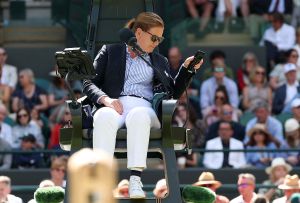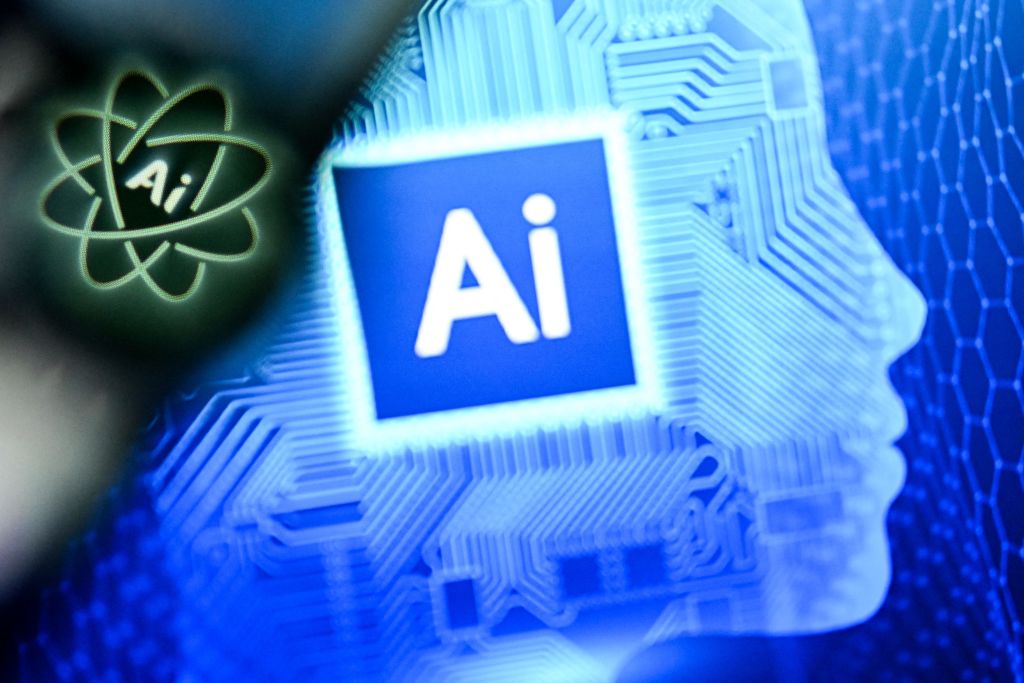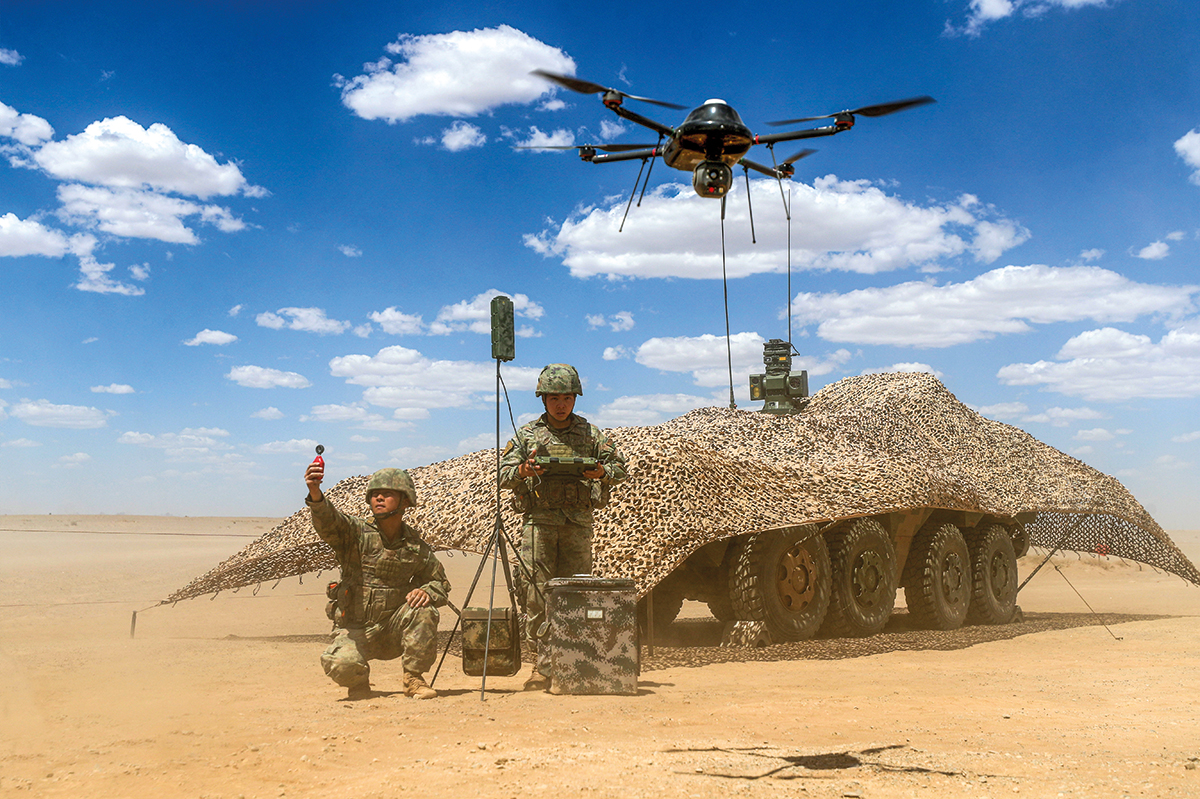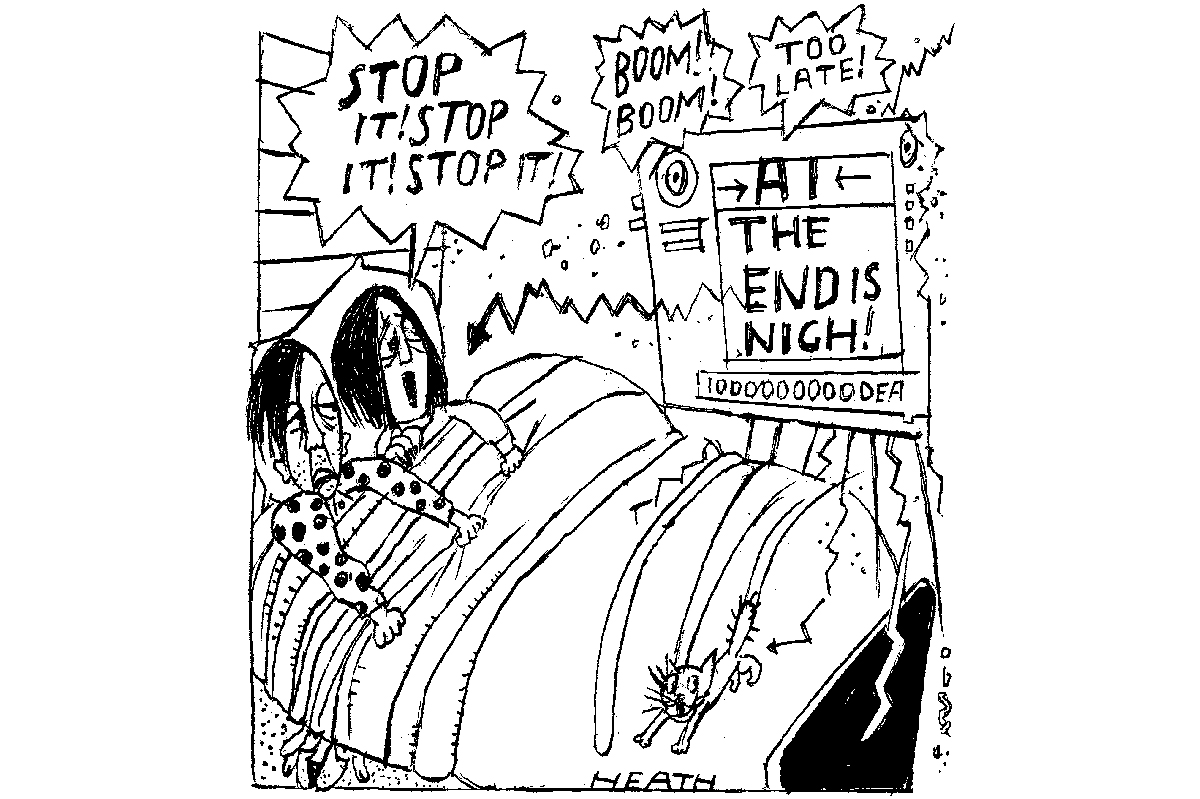Just five short years ago, Samsung released the first mainstream folding phone with their debut Galaxy Fold. It had some quirks — a small, slim, external display, thick bezels, an odd asymmetrical notch and an unprecedented $1,980 price tag — but what mattered most was the screen. Open the slim, TV-remote-shaped phone and you gazed upon a great, wide, 7.3-inch screen, bigger than any you could carry in your pocket before, with a folding crease in the middle. You could multitask, watch full-screen YouTube videos and browse the web as you would on a tablet.
That is, you could do so temporarily. Early review units catastrophically broke at even the mention of a grain of sand, creating a run of viral tweets and videos. This exciting vision of a new mobile future was rushed back to the lab for further development before its delayed release; but hey, at least it didn’t explode like the Note 7. When the Fold eventually released, it came with stern warning that, no, that’s not a screen protector, that’s part of the screen, please don’t peel it off.
The takeaway for most was that the first generation Fold was cool but not quite ready yet. But five years have now passed; and during those five years, AI, worldwide Chinese pandemics and effective weight-loss pills went from sci-fi tropes to semi-dystopian reality — and folding phones are now a competitive segment. A folding iPhone is just a matter of time.
But still, are folding phones any good? And are they worth the premium?
To start, it’s worth separating out the “flips” from the “folds.” The “flip” folding phones resemble their early 2000s namesakes, folding vertically to go from a normal phone shape to a smaller square. The market leader here is Samsung’s Z Flip line — competed against by the Motorola Razr and long winded Oppo Find N2 Flip — and all three are pretty cool, but also, a bit boring.
“Flips” are popular, particularly among women, as they neatly fit into handbags and small pockets, but they’re not doing much new. It’s just the same smartphone experience you’ve always had, but you can make it smaller to carry. Yes, you can prop it half-folded to take selfies, but you’ll do this exactly once, and snapping it closed to hang up on a call sounds great, but you’re going to be gentle with a folding screen — and nobody calls you.
Sure, you don’t pay a lot more than equivalent premiums smartphones — the Z Flip5 only costs $150 more than Samsung’s Galaxy S24 — but that’s because you don’t get much more either.
The “folds” are where things get special. These — like that original Galaxy Fold — are normal-sized phones that unfold horizontally to reveal a large inside screen, like a tablet. They’re expensive, relatively delicate and the software isn’t quite up to snuff yet; but they give you something that no pocketable device previously could. I spent most of my reviewing time with this form factor, switching between the long, thin Samsung Galaxy Z Fold5, the short, wide Google Pixel Fold and the comfortable middle-child, the OnePlus Open.
The biggest thing about these phones are not their screens but their price tags. The Nothing Phone (2) is premium, stylish, extremely well made phone with great cameras and software support — and it starts at $550. The OnePlus is $1,400 (£1,399.00 in the UK, down from $1,700), whereas Google and Samsung are asking for a $1,800 — and that’s just the base storage. Is a folding screen really worth $1,000 more?
Rationally, no.
Every little improvement for multitasking or video viewing or full-screen app use is only a small improvement; pleasant but relatively insignificant. Yes, it’s fantastic being able to put two apps side by side and copy information between them; but at most I do this once a day; it’s not as though switching apps is some great burden on your normal phone. Similarly, that large, wide screen is great for playing chess, browsing fashion retailers, watching Twitch and exploring Google Maps, but you can still do all these things on an ordinary phone. On a folding phone, you can take selfies using the rear cameras, but if you’re anything like me, that’s not really a selling point.
There’s also still the issue of app compatibility. Though Google and Samsung have made foldable-specific versions of their most popular apps, and many apps stretch well to the bigger screen, there are others that simply don’t. Reddit, Instagram and the email app Spark are borderline unusable on the full-screen display, so you have to force them to display in a more narrow aspect ratio, undoing most of the point of a wide folding display.
If you edit spreadsheets on your mobile phone all the time — which some small-business owners do — then you have a real practical reason to buy a folding phone. But for the rest of us, it’s for the vibes. It’s because folding a phone is cool, and because it’s fun to snap the hinge shut, and because it’s really pleasant to message on one side, while your map is open on the other.
You buy a folding phone for the vibes. But not all are the same. In an era where so much tech feels homogenous, each of the “folds” had a really distinct personality.
The narrow, tall shape of Samsung’s Fold 5 is the best for single-handed use; being able to configure separate home screens for the inside and outside displays is great; and though it’s under-screen selfie camera is terrible, having an uninterrupted display is fantastic. It’s also just a beautiful looking phone, with soft touch blue surfaces and gloss aluminum rails.
But it also felt a bit old-hat and bogged down. Samsung’s interface is very busy and overworked; the pop-up ads in the notification shade are maddening on an almost $2,000 device; and because Samsung doesn’t sell that many folds, each successive generation only sees minor improvements, leaving their most expensive phone with a slow, clunky hinge that feels markedly behind competitors — including their own Z Flip. The only upside here is that you could buy an older Fold 3 and get 95 percent of the experience for far less than $1,800; but these are still delicate phones and I wouldn’t advise buying one out of warranty.
Despite being the cheapest, the OnePlus Open was — by far — the best phone of the bunch. The hinge has this satisfying, sharp snap close, the screen crease is the least prominent — and OnePlus has made an clean, un-intrusive Android skin that is fast but also has meaningful improvements for multitasking on the folding screen. Also, though it doesn’t look as pretty as the Samsung, it’s still a chic phone, and the big camera bump becomes a really nice shelf for your finger. Plus, the vibration switch is just lovely. My only issues are the inexplicable lack of wireless charging and the way their Android skin treats the inside screen as two separate screens, rather than a single broad layout, meaning you can’t stretch a widget across the center. But it’s such a pleasant device to use that I have seriously considered making the irrational decision of buying one with my own money. Or at least its successor, which hopefully has wireless charging.
By contrast, I tried a review unit of the Pixel Fold, but didn’t want to use it, even for free. The outside looks chic, despite its odd, wide shape, but it has the worst folding screen of the three, with a thick crease, the smallest size and these enormous, ugly black bezels which are unacceptable on a new device. I would far, far prefer to use a normal slab Pixel over the Fold — and they are less than half the price.


























Leave a Reply